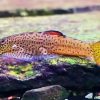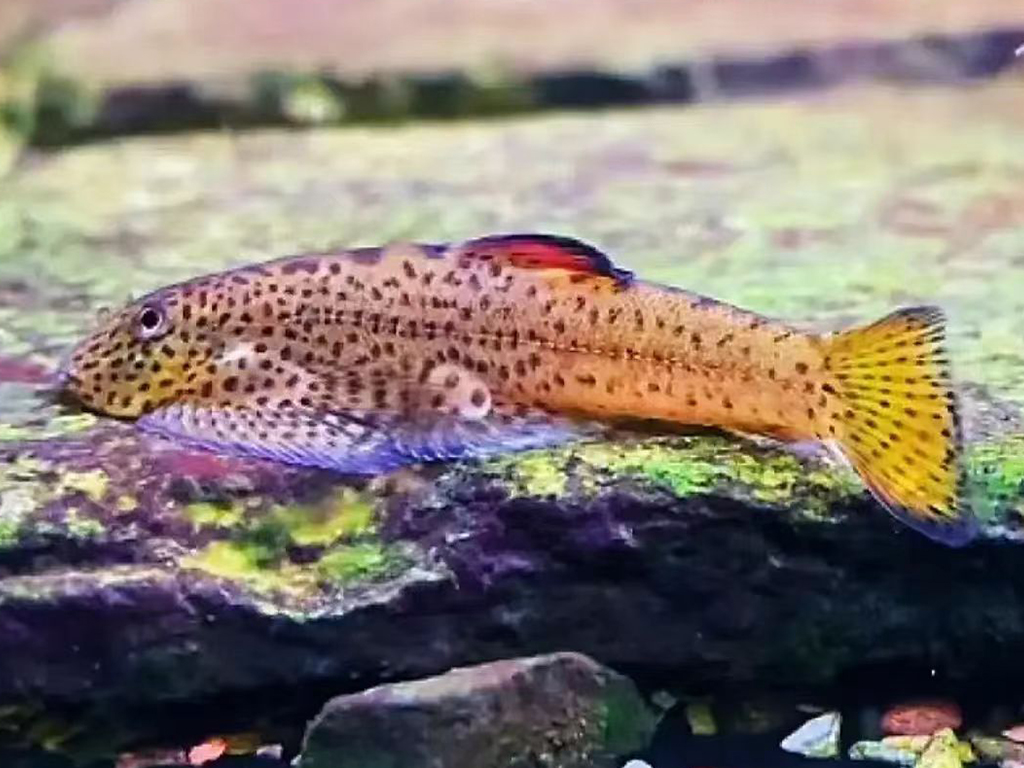-17%
Macarty’s loach
Original price was: $30.00.$25.00Current price is: $25.00.
Only 12 left in stock,each person can only buy one product
84 people are viewing this right now
G****e purchased in Chicago,  United States bought this(10 Minutes ago)
United States bought this(10 Minutes ago)
 United States bought this(10 Minutes ago)
United States bought this(10 Minutes ago)
Over 60 people have this in their carts right now
Limited Stock,we limit the upper limit of each purchase to 1 Pcs
We are the exclusive online store for department store liquidation, clearance, backlog inventory, shelf pull, wholesale merchandise, wholesale clearance for chain stores and manufacturers! All inventory is brand new, Includes a one year warranty! To prevent malicious transactions, we limit the upper limit of each purchase to 1 Pcs.
💯Payments>> If You Do Not Receive The Goods, You Can File A Complaint or Refund To Protect Your Wallet.
😊Returns>> Fast refund for any dissatisfaction within 30 days, 100% money-back guarantee.












